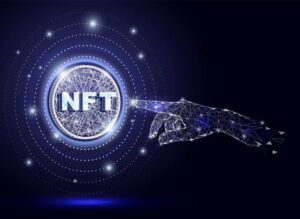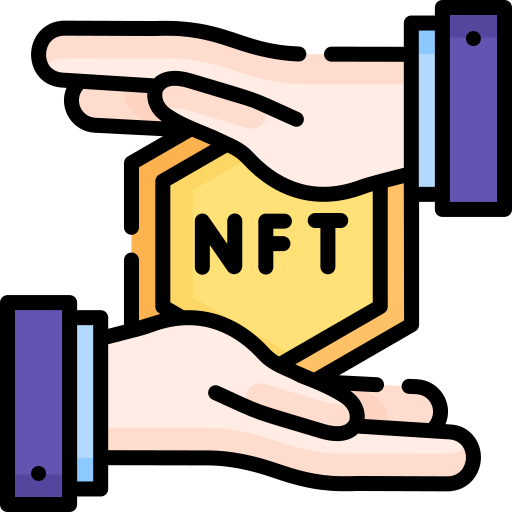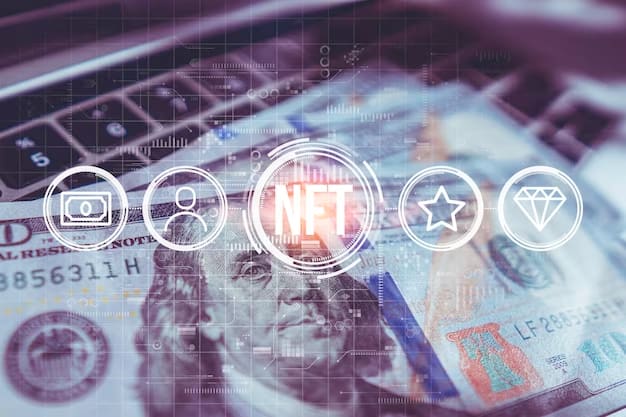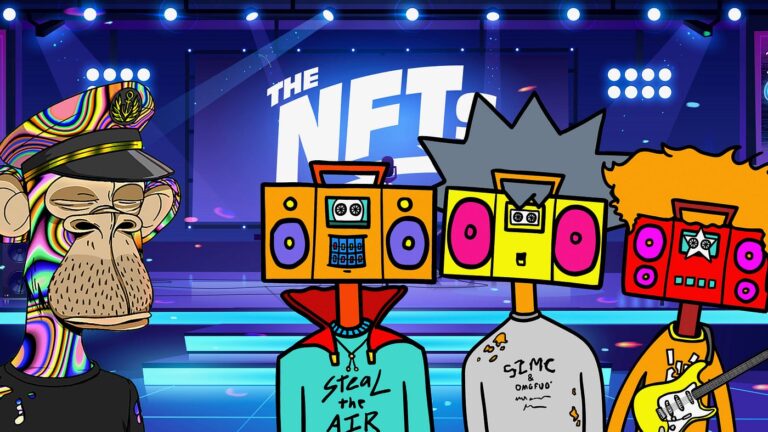In the evolving landscape of digital assets, NFTs have emerged as a novel class of blockchain-based unique assets, distinct in their non-interchangeability. NFT Marketplaces serve as specialized platforms where these digital assets, be they art, music, or virtual experiences, are traded and exchanged. These platforms leverage blockchain technology to ensure the uniqueness and ownership of each asset.
The Extent and Impact of NFT Marketplaces
NFT Marketplaces have experienced exponential growth, underscored by high-profile transactions and collaborations. For instance, Twitter co-founder Jack Dorsey’s first tweet sold as an NFT for an astonishing $2.9 billion, indicating the substantial financial potential of these platforms.
Varieties of NFT Marketplaces
NFT Marketplaces vary in their focus and offerings, ranging from universal platforms like OpenSea, offering a wide array of digital assets, to niche marketplaces like SuperRare, concentrating on specific categories such as digital art.
Renowned NFT Marketplaces
The NFT landscape is dotted with a variety of platforms, each catering to different aspects of digital asset trading. OpenSea, Rarible, and SuperRare, among others, have gained prominence, each with unique features and offerings.
Operational Mechanism of NFT Marketplaces
NFT Marketplaces operate through a series of steps, beginning with user account creation and culminating in the auctioning of NFTs to the highest bidder. These platforms facilitate the trading of digital assets securely and transparently, utilizing blockchain technology.
Investment Prospects in NFT Marketplace Development
Investing in NFT Marketplaces can be a lucrative venture, given the rapid growth and expanding interest in the NFT space. Key advantages include enhanced security, transparency, and the potential for high liquidity in the digital assets market.
Monetization Strategies for NFT Marketplaces
NFT Marketplaces derive revenue through various channels, including minting fees, listing fees, and transaction commissions. These platforms also benefit from advertising and the sale of governance tokens, which allow users to participate in decision-making processes.
Crafting an NFT Marketplace
Building an NFT Marketplace involves several key decisions, including choosing a blockchain architecture, determining market type (open or closed), setting commission fees, and engaging with the community. This process requires careful planning and a clear understanding of the target audience.
Comparative Analysis of Popular NFT Marketplaces
| Feature | OpenSea | Rarible | SuperRare | Foundation |
|---|---|---|---|---|
| Primary Focus | Diverse Assets | Art & Collectibles | Digital Art | Digital Art |
| Fee Structure | 2.5% per transaction | 2.5% trading fee | 3% purchase fee | 5% |
| Blockchain Supported | Ethereum, Polygon, etc. | Ethereum, Flow, Tezos | Ethereum | Ethereum |
| Notable Traits | Largest variety, user-friendly | Exclusive token for trade | High-quality art focus | Curated high-value art |
| Community Features | Wide range | Art-focused community | Artist-centric | Exclusive artist invitations |
Key Takeaways in Bullet Points
- NFT Marketplaces are digital platforms for trading unique digital assets;
- They vary in focus, from universal platforms like OpenSea to niche ones like SuperRare;
- Security, transparency, and decentralization are key advantages of NFT Marketplaces;
- Monetization occurs through fees like minting, listing, and transaction commissions;
- Building an NFT Marketplace requires careful planning and understanding of blockchain technology.
The Future of NFTs: Trends and Predictions
The landscape of NFTs is rapidly evolving, and its future holds immense potential and possibilities. Here are some key trends and predictions that are shaping the future of NFTs:
- Increased Integration with Virtual and Augmented Reality: NFTs are expected to play a significant role in immersive virtual worlds and augmented reality experiences, adding a new dimension to digital ownership and interactivity;
- Expansion in Various Industries: Beyond art and collectibles, NFTs will likely penetrate more deeply into industries like real estate, gaming, and intellectual property, revolutionizing how we interact with these sectors;
- Enhanced Security and Authentication: As NFTs gain popularity, the need for advanced security and authentication mechanisms will rise. Blockchain advancements will further secure NFT transactions and verify asset authenticity;
- Social and Environmental Responsibility: The environmental impact of blockchain technology is a growing concern. Future developments in NFTs will likely include more eco-friendly practices and technologies;
- Mainstream Adoption and Regulation: As NFTs become more mainstream, we can anticipate increased regulatory clarity and frameworks, making them more accessible and safe for a broader audience;
- Innovative Artistic Expressions and Collaborations: The art world will continue to see innovative uses of NFTs, fostering unique collaborations and new forms of digital artistic expression.
Conclusion
Understanding NFT Marketplaces is essential for anyone interested in the blockchain, cryptocurrency, and digital asset space. Whether you are a seasoned developer or a curious enthusiast, staying informed about the latest developments in NFTs and related technologies is crucial.










